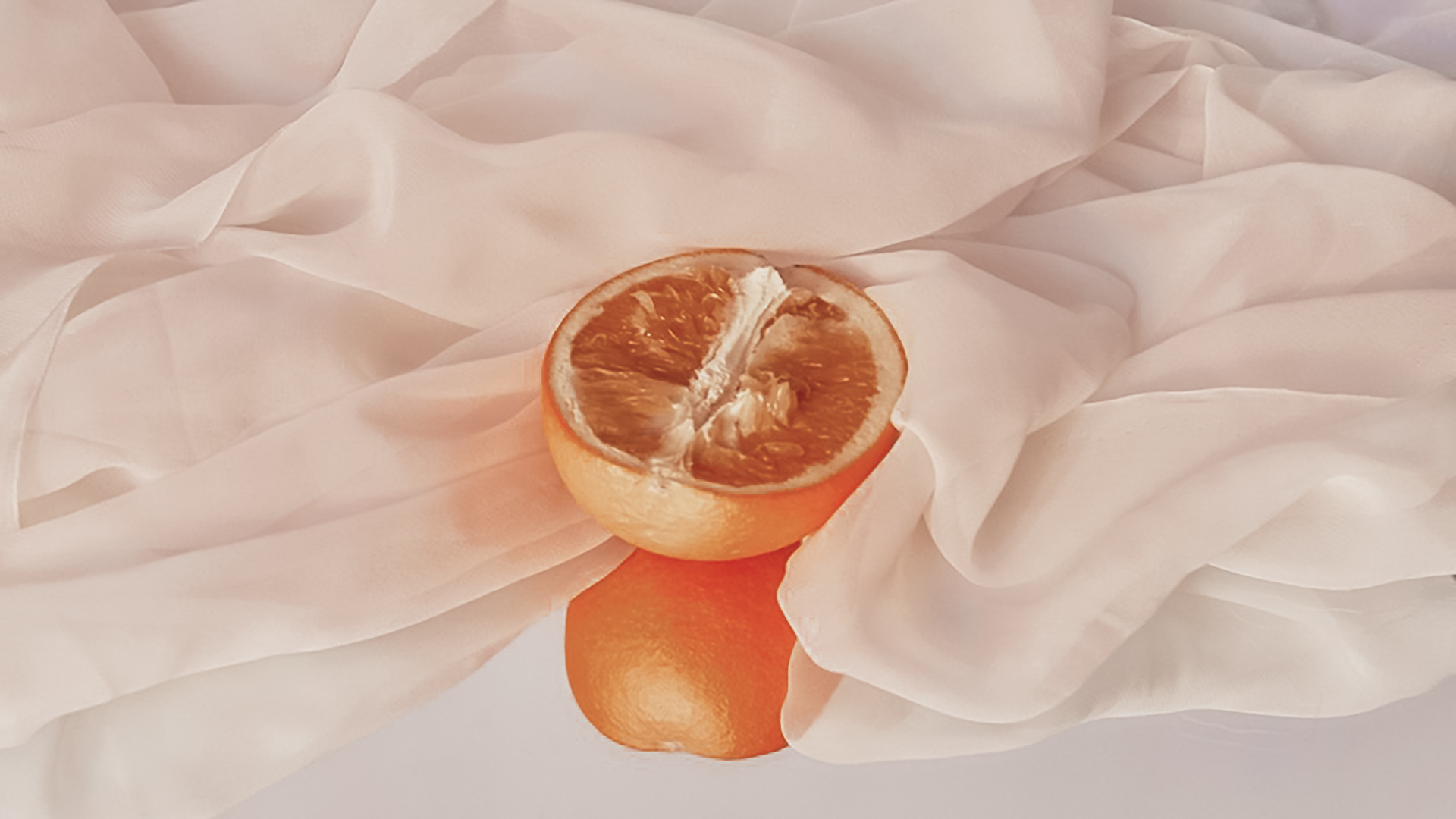For decades, experts have sought new alternative fabrics from organic waste to reduce fashion waste. Fashion waste has accumulated to 92 million disposed of every year. This waste consists of large amounts of dyes and materials known to be toxic to the environment. Many argue that cotton is an environmentally friendly fabric, which certainly is not the case. Although cotton does grow over time, it requires large amounts of water, whereas 1kg of cotton requires 10,000 liters of water.
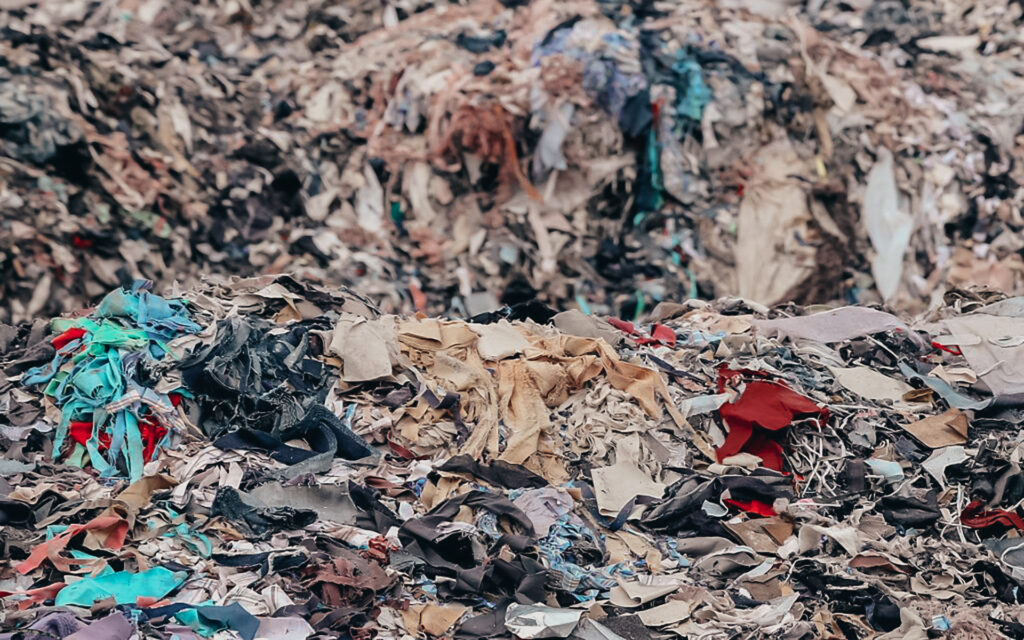
Following regenerative design principles, fashion can be a force of change for the environment. Innovative suppliers are now focusing on creating sustainable materials from different sources. These sources are mainly agricultural and food waste that provide regenerative benefits to the fashion industry.
To reduce its growing dependence on fossil fuels, the fashion industry must prioritize and accelerate its transition to a circular and regenerative system.
Anita Chester
Anita Chester, head of Materials at the Laudes Foundation, stated that creating value out of waste is a massive opportunity for the industry. She claims that utilizing these alternatives will favor the environment and its people. Recycling residue into textiles not only has climate benefits but also benefits farmers’ livelihoods.
Four new fabrics from organic waste:
- Kapok
- Oranges
- Potatoes
- Nettle Plants
Kapok
With their unique properties, like silk, kapok fibers are thin and stiff but firmer. This alternative fabric is not only water resistant but also vermin. Kapok is breathable, hypoallergenic, and lightweight.
Derived from Bombax Ceiba’s fruits in Cambodia, this fabric is perfect for clothing that requires insulation and water resistance. What’s noteworthy about this fruit is that it grows on trees that grow very fast. This tree grows two meters every two years and can survive for a long time.
This fabric is currently exclusive because its production it’s a very time-consuming process. Kapok fibers are blended with cotton to make clothing material, without a doubt saving tons of water. Using a kapok-cotton blend to make four t-shirts can unquestionably save 3000 liters of water.
Kapok trees grow as high as 164 feet tall and produce up to 4,000 fruits in a single season.
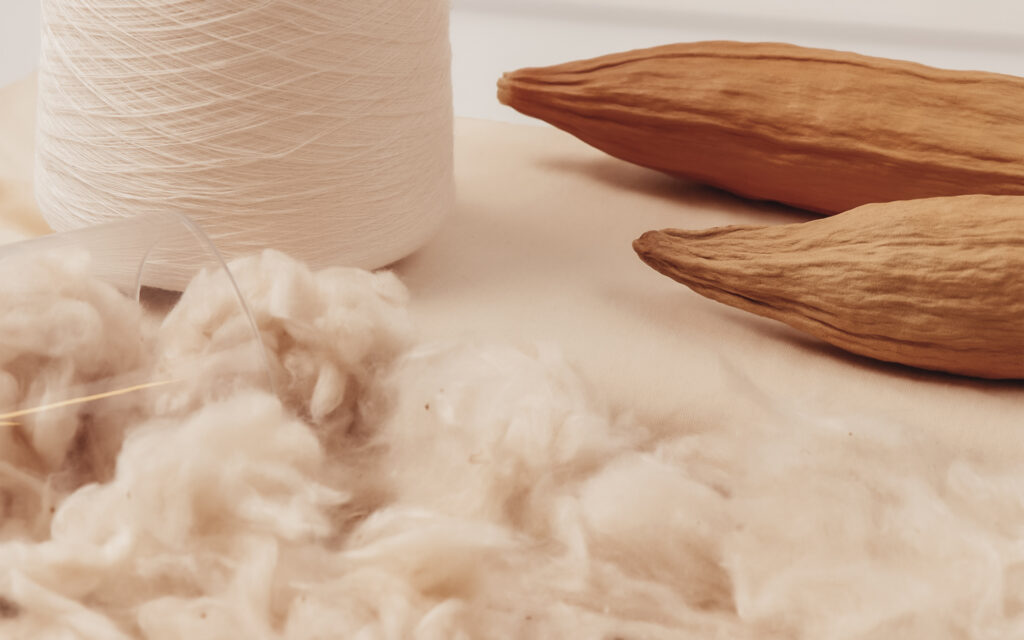
Oranges
Artificial cellulose is made from squeezed citrus pulp. Thanks to nanotechnology, experts are now able to convert cellulose to yarn. In Italy, Citrus fruit peels are discarded yearly, which costs a lot of money to dispose of correctly.
Orange fiber, owned by Enrica Arena, is an Italian company that produces sustainable fabrics from citrus fruits. Founded in Catania in 2014, Orange Fiber created a new sustainable way of designing high-quality materials.
From the citrus juice industry leftovers, 60% of processed fruits that are usually disposed of now feed cellulose fiber production. Today, using orange fiber has proven to be the best practice for sustainable fashion. This approach has pushed boundaries in the food and textile supply chain.

Potatoes
Rowan Minkley and Rob Nicoll are founders of a London-based company, Chips Board, where a revolutionary production of bioplastics and composites is made from potato waste.
What is Parblex Plastic?
It’s a fiber-reinforced bioplastic. This type of plastic is perfect for the fashion and interior design industries because of its durability. This creation can diminish the consumption of single-use plastics, which prospectively reduces water and air pollution. Chips Board created biodegradable materials for eyewear and fastenings.
Parblex’s journey is to reduce the environmental damage caused by fast fashion and disposable products. Colored with natural materials ranging from walnut flour to curcumin, Parblex plastics are compatible with 3D printing, milling, and other industrial processing techniques. Rob Nicoll, one of the founders of Chips Board, stated
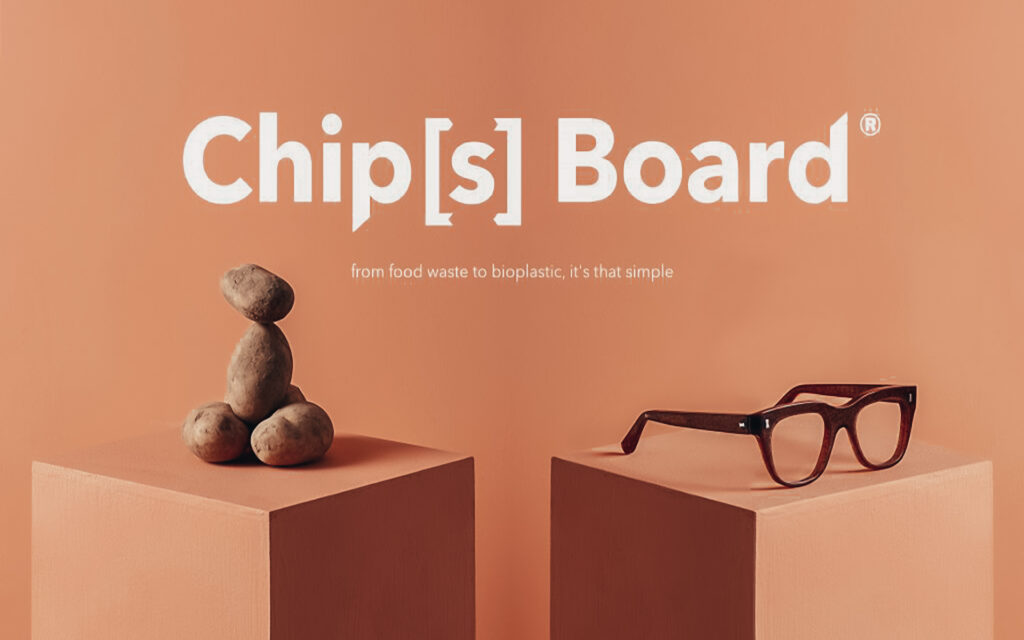
There is a LOT of potato waste, but in our method we’re able to adapt it to others. It does have to be specific types of waste, but if we were to set up in a country where potato production wasn’t dominant, there would be other options to plug into.
Rob Nicoll
Supporting localized bio-based processes is essential to break through the fog of greenwashing. Demanding transparency from those claiming to be innovators is necessary because the public can hold these companies accountable and participate in circular economic systems. In addition, biodegradable materials can now integrate into communities and contribute to the climate crisis.
Nettle Plants
Known as the material of the future, nettle fibers are great alternatives for plastic fibers. Nettle fiber in clothes has been around for two thousand years.
Nettle cloth production:
- Scandinavia
- Poland
- Germany
- Russia
- China
- Japan
Three nettle species that produce fiber:
- European nettle
- Ramie
- Himalayan nettle
Nettle is found in African and Asian countries. Growing nettle fibers is less harmful to the environment than growing cotton because the plants require less water and pesticides.
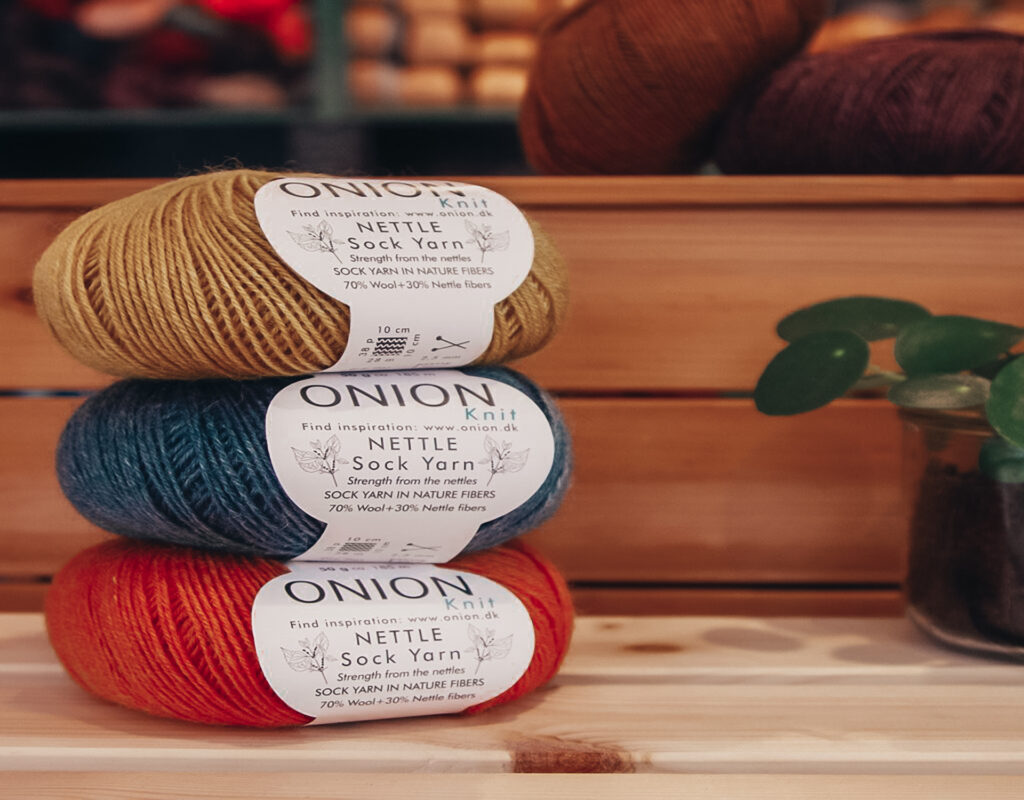
Nettle could be the replacement for synthetic fibers since it is the most stable fibre in the natural fibres range
Lampoon
Nettle’s resurgence is due to its sustainable and renewable source that can be a good fit for the luxury and fashion industries. According to Beckhaus,
Urtica Dioica is shiny, and it’s similar to the finest silks; it is even better than silk since because of its structure it is more breathable.
Beckhaus
Although using natural fibers, mechanical, and chemical-free processes is environmentally friendly, the waste issue is the main problem. Beckhaus stated that they do not have any waste and only have products. Byproducts are processed into high-quality products, while leaves are left on the ground as fertilizers.
In conclusion, the production of fabrics from organic waste presents a promising solution to two of the most pressing global issues: food waste and environmental degradation. The four fabrics discussed in this article are all innovative and sustainable alternatives to traditional textile materials.
Not only do these fabrics divert food waste from landfills, but they also require less water, energy, and chemicals to produce compared to conventional fabrics. In addition, the use of food waste-based fabrics also supports the circular economy by creating a new value chain for food waste and providing economic opportunities for farmers and communities.
As consumers become more environmentally conscious, the demand for sustainable and eco-friendly products is increasing.
Overall, the production of fabrics from food waste is a promising trend in the textile industry that offers a sustainable and innovative solution to the growing environmental challenges we face today.


